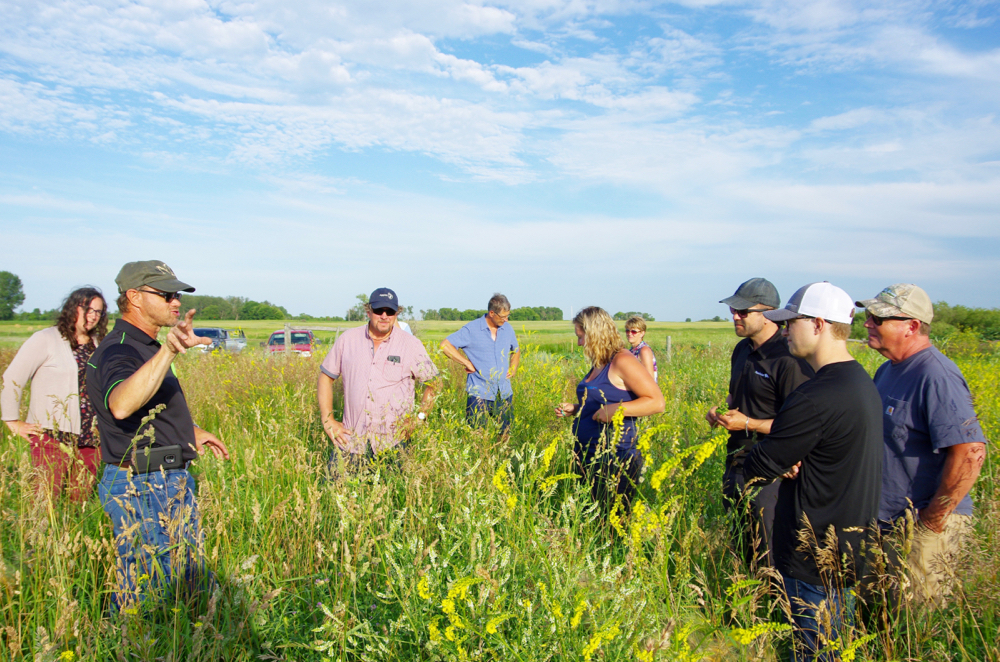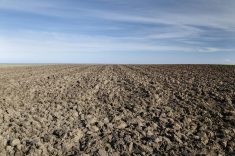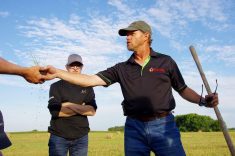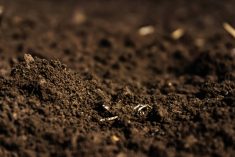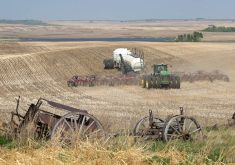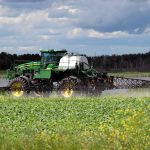Five Manitoba farmers are helping the Canadian Forage and Grassland Association (CFGA) put a value on carbon storage.
Ryan Canart of Miniota, Allan Preston of Hamiota, Matt Van Steelandt of Melita, Jonathan Bouw of Anola and Clayton Robins of Rivers are all recognizable names on the grazing, soil health or regenerative agriculture field tour circuits in Manitoba. All five have offered a field to the CFGA for a national carbon sequestration research project.
The studies are funded through Agriculture and Agri-Food Canada’s greenhouse gas program. The CFGA wants to see farmers paid for sequestering carbon in soil, and hopes to develop a manual of best practices. It will run similar field studies in all provinces.
Read Also

CUSMA access key among other trade noise: Seeds Canada panel
Seeds Canada conference panelists say Canada needs to stay focused and wait as U.S. trade and tariff chaos develops, and a Canada-U.S.-Mexico Agreement review looms
“We’ve tried to pick sites that are representative of the region, but where we know we’re going to get flow-through of people so that we can talk about the project,” said CFGA executive director Cedric MacLeod.
The five fields in Manitoba range from high-intensity rotational grazing to balanced fertility and bale grazing.
Study on Robins’ land will focus on cover crops with high-energy forages. He grazes them to rest pastures during the fall when perennials are storing their winter reserves. Robins credits the practice for pasture longevity and soil improvement on otherwise marginal land. The presence of legumes such as bird’s-foot trefoil, which at least on paper should not thrive on his dry, sandy land, has become a standard sight in his pasture.
He estimates the 31-acre parcel last year provided enough feed for 60 cow-calf pairs for 60 days between grazing and baling.
“We’re looking at the numbers on the annual cropland, not the perennials, but we also know that we are benefiting the perennials by using these annuals,” Robins said.
An economic analysis of the parcel alone actually came out to a loss when only looking at that annual field last year, Robins acknowledged, but numbers quickly turned back to the black once reduced yardage and increased pasture productivity were taken into account.
“We know that (the pastures) are yielding more than they ever did before,” he said, pointing to that extra rest in the critical period. “A lot of years, we can actually get some stockpiled grazing or we can take early grazing on them from the material from the year before. We’re getting dormant grazing that we would not be able to get had we been grazing them in the critical period in the fall because that growth would not have occurred.”
Comparing apples to apples?
The CFGA now faces the challenge of translating soil samples from those varied management practices into workable, comparable, data. The project will focus on general themes of fertility, certified seed, rotational grazing and cutting management and advanced cropping systems like no till and cover crops.
All sites will soil test for carbon, and MacLeod says the specific practices currently take a back seat to gauging carbon stock on those sites and educating farmers about carbon accumulation.
Current soil tests are a barrier to their ultimate goal, he acknowledged. Farmers such as Robins admit there is much going on in their soils that they do not understand. They readily note increased organic matter and better soil structure, but conventional soil tests do not capture the impact of those changes to carbon sequestration and have yet to hammer down on accuracy.
The project is expected to wrap up in 2021.






